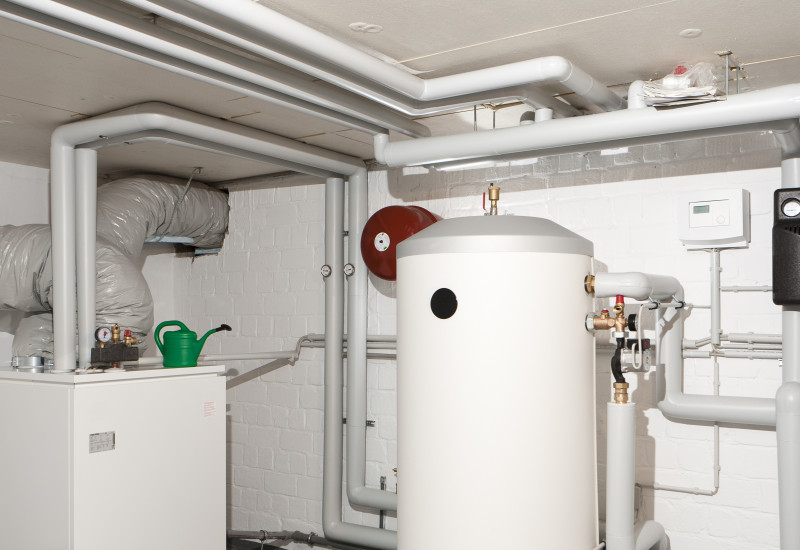Heat pumps are coming into increasing use for heating of buildings and for hot water production in commercial as well as industrial applications. Heat pumps use natural heat in a very energy-efficient way. read more
Climate | Energy
Heat pumps
Climate | Energy
Emissions and degradation products
Fluorinated greenhouse gases (F-gases, i.e. partially fluorinated hydrocarbons, fully fluorinated hydrocarbons, sulphur hexafluoride and nitrogen trifluoride) are used for purposes such as refrigerants, foam blowing agents in certain foam products, and insulating gas in switchgears. Some of these substances have an extremely high Global Warming Potential. read more
Climate | Energy
Persistent fluorinated greenhouse gases
Long-lived fluorinated greenhouse gases are characterized by a long atmospheric residence time and a global warming potential well above 5000 CO2 equivalents. They are not degraded in manageable periods of time, but accumulate in the atmosphere. Besides sulfur hexafluoride (SF6), nitrogen trifluoride (NF3) and fully fluorinated hydrocarbons (PFC), such as CF4 and C2F6, belong to this group of subs... read more
Climate | Energy
Application domains and emission reduction
Fluorinated greenhouse gases, which are used as refrigerants, blowing agents, propellants, fire extinguishing agents and solvents, contribute to global warming. This has prompted the development of numerous alternative solutions. read more
Climate | Energy
Building air conditioning
It is only recently that air conditioning has become relatively common in German buildings. The high standard of living has ramped up expectations concerning comfort and convenience in the home and particularly at the workplace, and this in turn has increased energy demand. The refrigerants used in more than 95 percent of Germany’s air conditioners strongly affect the climate. read more
News on Economy | Consumption
New refrigerant for cars: EU must not ignore fire risk
European Commission research centre ignores scientific results on the fire risk from the new refrigerant R1234yf for mobile air conditioning systems read more






